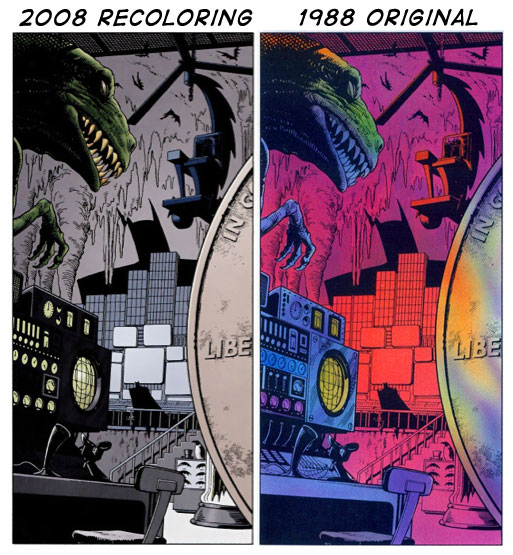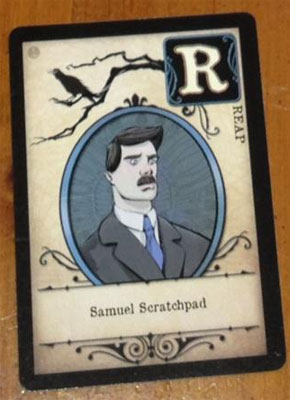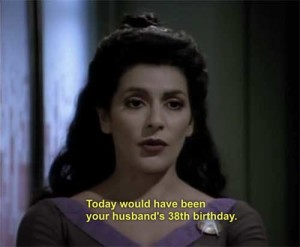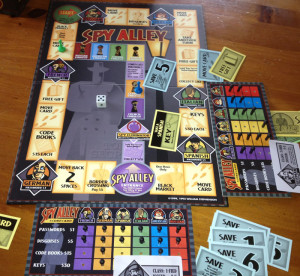When I reviewed “The Loss” from Next Generation, I wrote about my general disappointment with the show. At that point, I’d only seen up to season four, and I felt it was bogged down by too many crew meetings and negotiations. Well, now that I’ve seen the series in its entirety, I have to say that I ended up loving it. Season five was an overall masterpiece, especially the episode “The Inner Light” – it changed my attitude toward the show, and the episodes continued to impress until the end of the series. The episode I’m reviewing now, “Ethics,” is the 16th installment from season five. I decided to review it because it’s sort of the opposite of “The Loss”; while there are a few misfires regarding disability, “Ethics” tends to get it right. I expected lots of cringe-worthy moments based on the synopsis and ableist trailer, but was pleasantly surprised by the points raised in the script. So let’s take a look at the episode, and see if you agree.
We open with Worf and La Forge investigating some chemical leak in cargo bay three. As they scan the area, they discuss a recent poker game. Thanks to his VISOR, Geordi can see through the cards, but he only admits to peeking after the hand is over. I liked this little banter between the two because it connects the reality of disability with everyday life. Some suggest that Geordi’s disability/VISOR are only used to make him “special” or “superhuman,” thus falling into a disability trope, but I disagree. His VISOR helps him navigate the world, just like my wheelchair helps me navigate the world. The fact that his VISOR can sometimes be helpful in a mission or, in this case, give him an advantage in a poker game, doesn’t take away from his fully-developed character; he has a backstory, love interests, hobbies, a personality, etc. TNG doesn’t focus on his disability – it is treated as part of who he is, but does not define who he is. What his VISOR can do is just a reality of the adaptive technology of that time period. My wheelchair can do some pretty nifty things as well, but that doesn’t make me “superhuman.”





